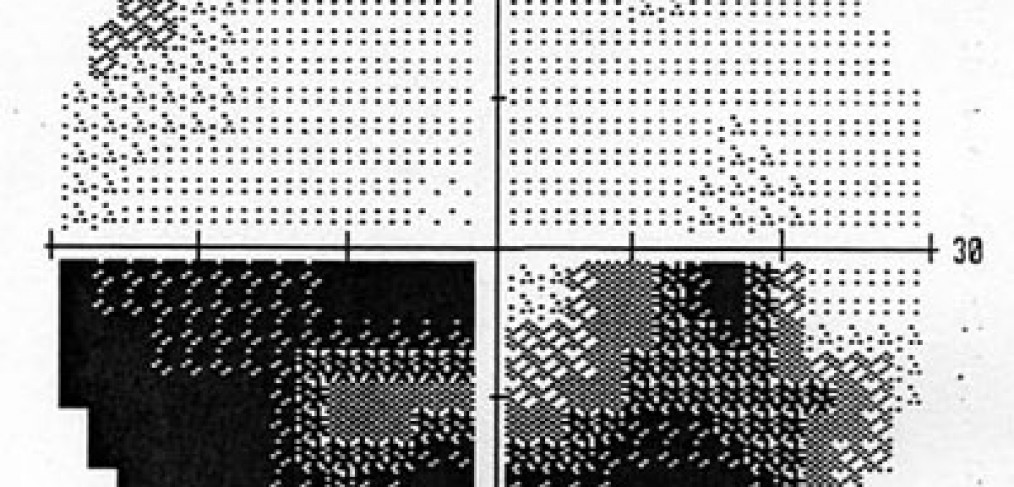
CVP – Computerised Visual Perimetry
The visual field is the portion of space that a motionless eye can perceive in front of it. Normally the visual field extends: 60° nasally, 50° superiorly, 90° temporally and about 70° inferiorly. A blind area (the so-called “blind spot”), which corresponds to the spatial projection of the optic pupil that is free of photoreceptors, can be noticed in the normal visual field, about 10° – 20° temporally upon fixation.
The examination is easy to perform, non-invasive and only requires a little attention and cooperation. The patient is placed in front of a softly lit semi-dome, and requested to stare straight ahead with central focus. He/she must also pay attention to press a button whenever there appears a punctiform light stimulus with variable size and intensity.
An alteration in the visual field (campimetric defect) is, therefore, a more or less extensive and/or more or less deep alteration in retinal sensitivity in that area, and is known as scotosis. The visual field examination is essential to study glaucoma and to monitor any subclinical progression of the disease. Hence, computerised campimetry must be periodically performed (from 3 months to 1 year, depending on the evaluation of the Specialist), and compared with the previuos ones.
Moreover, performance of the visual field examination is particularly important to study neurophthalmological diseases, such as toxic or metabolic inflammations of optic paths, ischaemic cerebral diseases, neuritis and demyelinising diseases.
